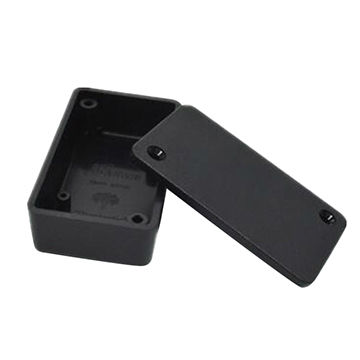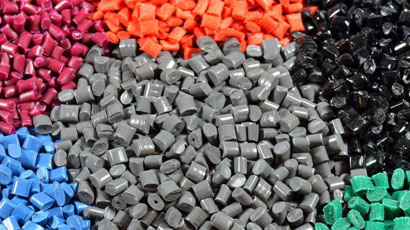ABS Injection Molding is a great choice for manufacturing plastic products because ABS (Acrylonitrile Butadiene Styrene) as the common thermoplastic polymer has large mechanical strength and good comprehensive performance, it occupies an important position in the electronic industry, mechanical industry, transportation, building materials, toy manufacturing and other industries, especially for the slightly large box structure and load-bearing components, and the decorative parts that need electroplating are inseparable from this kind of plastic. The analysis of ABS plastic injection process is as follows.
Analysis Of The ABS Plastic Injection Molding Process
1. Treatment of plastics
The water absorption rate of ABS is about 0.2% – 0.8%. For general grade ABS, bake for 2-4 hours at 80-85 ℃ in the oven or 1-2 hours at 80 ℃ in the drying hopper before processing. For the heat-resistant ABS containing PC component, the drying temperature should be properly raised to 100 ℃, and the specific drying time can be determined by air extrusion. The proportion of recycled materials shall not exceed 30%, and recycled materials shall not be used for electroplating grade ABS.
2. Selection of injection molding machine for ABS
The standard injection molding machine (screw length diameter ratio 20:1, compression ratio more than 2, injection pressure more than 1500bar) of Huameida – China’s brand can be selected. If the color masterbatch is used or the product appearance requires high material, the screw with the smaller diameter can be selected. The clamping force shall be determined according to 4700-6200t / m2, which shall be determined according to the plastic grade and product requirements.
3. Mold and gate design
The ABS mold temperature can be set at 60-65 ℃. The diameter of flow passage is 6-8mm. The gate width is about 3mm, the thickness is the same as the product, and the gate length is less than 1mm. The vent hole is 4-6mm wide and 0.025-0.05mm thick.
4. Melt Temperature
It can be accurately determined by air injection. The temperature of melt glue varies with different grades. It is suggested to set the following: impact resistance grade: 220 ℃ – 260 ℃, plating grade: 250 ℃ – 275 ℃, heat resistance grade: 240 ℃ – 280 ℃, flame resistance grade: 200 ℃ – 240 ℃, transparency grade: 230 ℃ – 260 ℃, glass fiber reinforcement grade: 245 ℃ – 270 ℃, which requires high surface quality products, using a higher temperature and mold glue temperature.
5. ABS Injection speed
Slow fire rating and fast heat rating. If the surface requirements of the ABS injection mold products are high, the injection rate control of high-speed and multi-stage injection should be used.
6. Retention time
At the temperature of 265 ℃, the retention time of ABS in the melter can not exceed 5-6 minutes at most. The flame-retardant time is shorter, if the machine needs to be stopped, the set temperature should be reduced to 100 ℃, and then the general-purpose ABS should be used to clean the glue cartridge. The mixture after cleaning shall be put into cold water to prevent further decomposition. If injection mold ABS material needs to be changed from other plastics, PS, PMMA or PE shall be used to clean the cartridge first. Some ABS injection molding products have no problem when they are first demoulded, and will change color after a period of time, which may be caused by overheating or the plastic staying too long in the melt cartridge.
7. Special precautions during forming
There are several grades of ABS (especially flame retardant grade), after plasticizing, the adhesion of its melt to the screw surface is very large, and it will decompose after a long time. In case of the above situation, it is necessary to wipe the homogenization section and compression pull-out of the screw, and clean the screw regularly with PS, etc.


